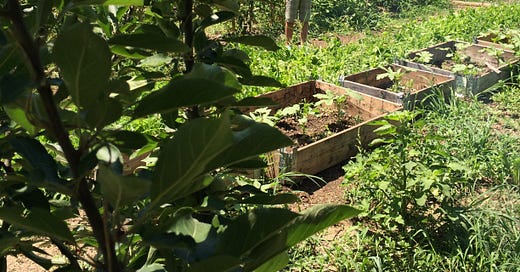L’orto del professore: Lunch from the Professor’s Garden
Last week I talked about the importance of eating greens, lots of greens, and easy ways to prepare them. Continuing with that idea, I remembered a visit a few years ago to Sicily with Salvatore Denaro, an old friend who works as a chef in Umbria but travels back to his home base in Piazza Armerin…
Keep reading with a 7-day free trial
Subscribe to On the Kitchen Porch to keep reading this post and get 7 days of free access to the full post archives.




